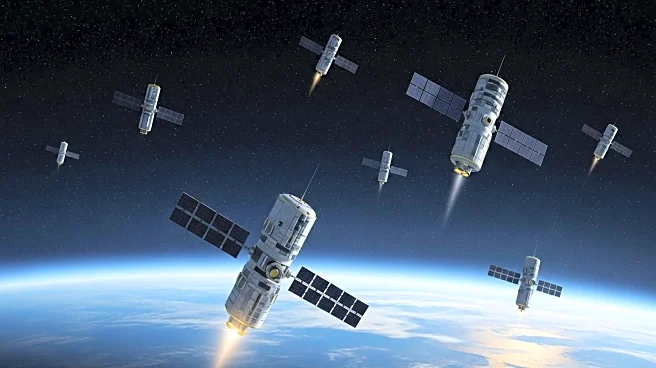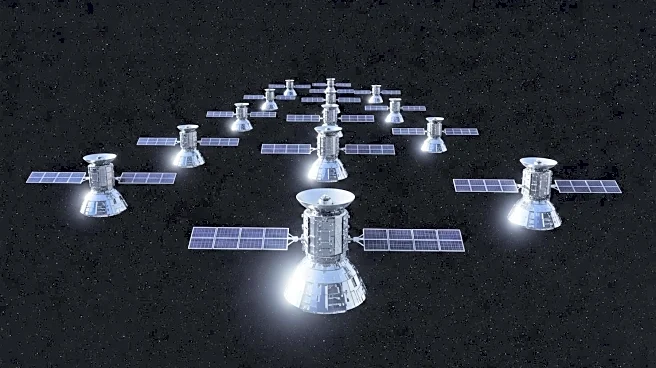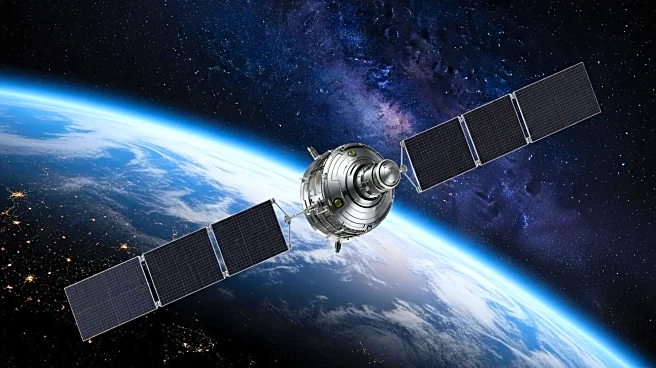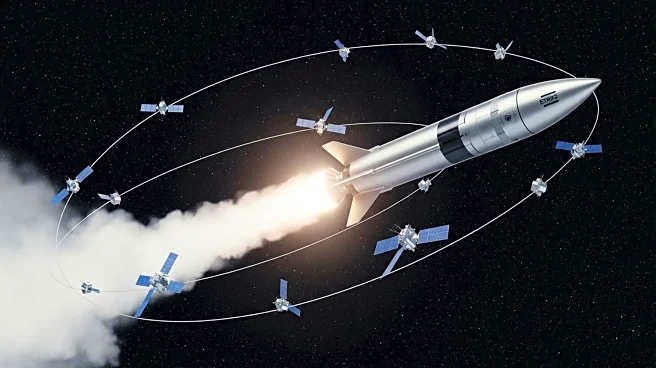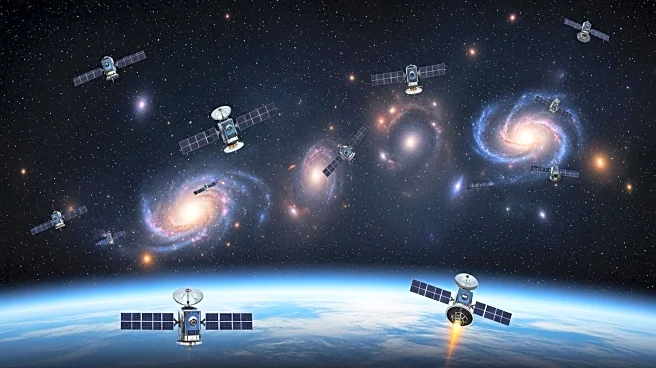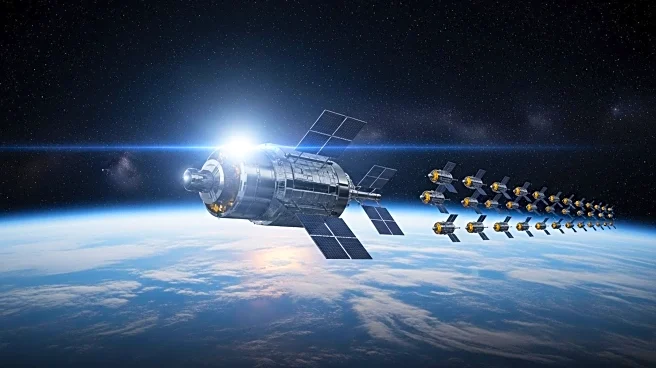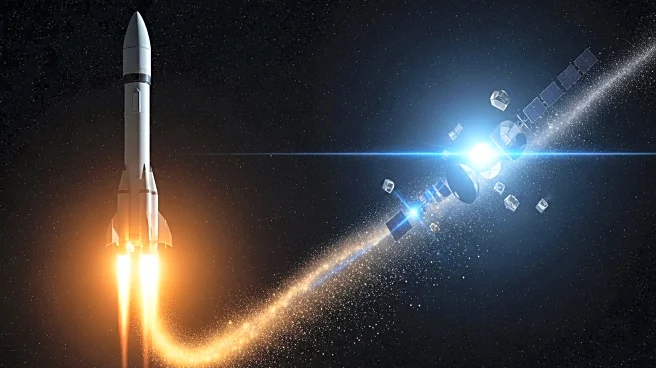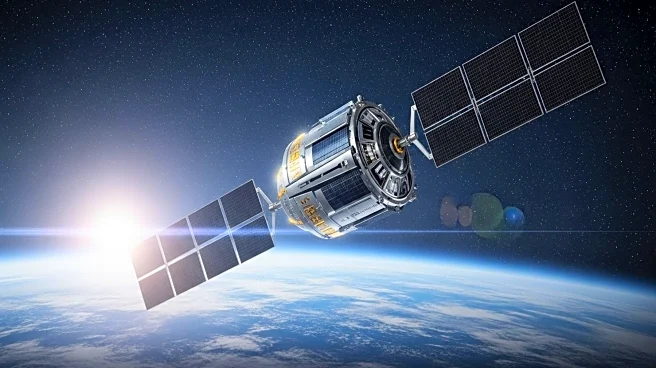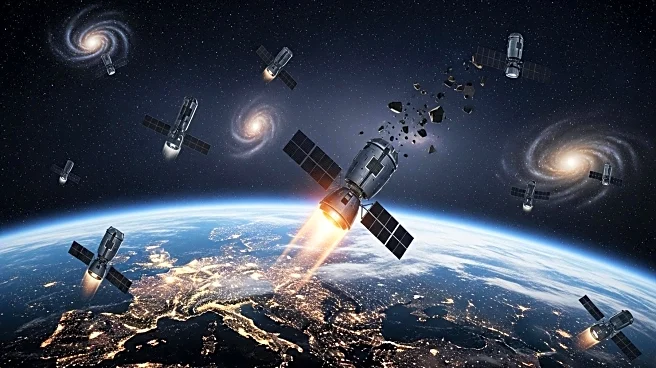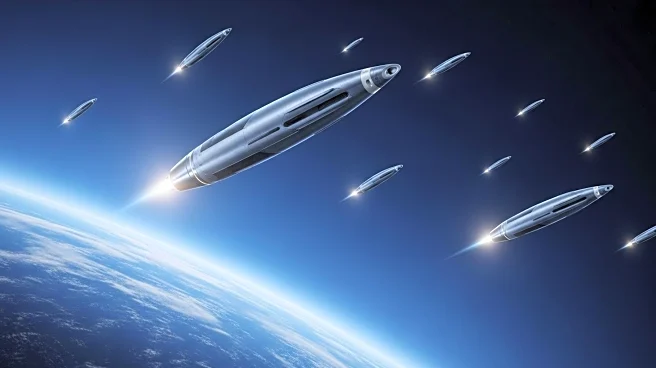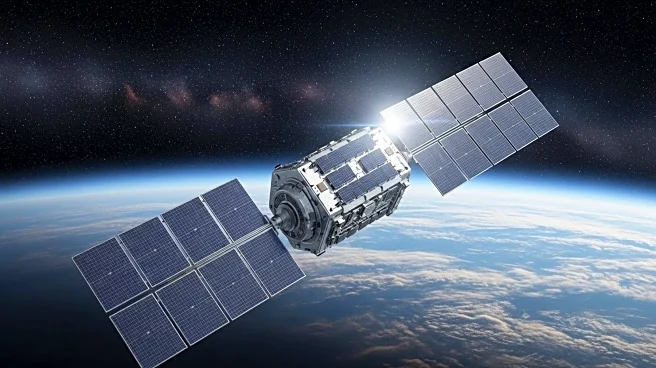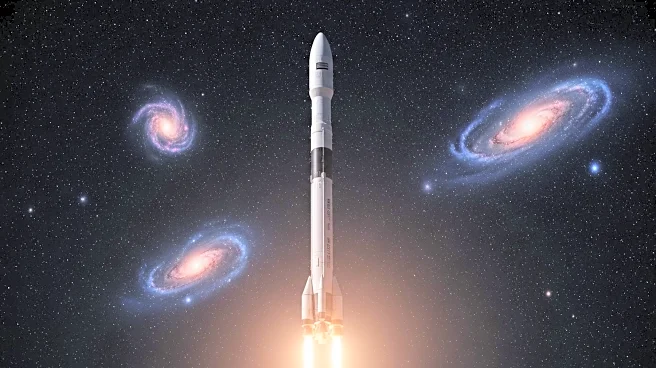What is the story about?
What's Happening?
Elon Musk's Starlink satellites are reportedly falling back to Earth at a rate of four per day, raising concerns about the potential for Kessler Syndrome. Starlink, a satellite internet company, operates thousands of small satellites in low Earth orbit to provide global internet coverage. However, the recent increase in deorbiting satellites has led to fears about the accumulation of space debris. Videos have captured debris landing in California, highlighting the safety risks associated with falling satellites. The Kessler Syndrome, theorized by NASA scientists in 1978, suggests that a dense population of orbiting objects could lead to a chain reaction of collisions, potentially rendering low Earth orbit uninhabitable for new satellites. Currently, there are approximately 8,475 Starlink satellites orbiting Earth, contributing significantly to the estimated 20,000 objects in space. Musk plans to increase this number to 40,000, which could exacerbate the situation.
Why It's Important?
The potential realization of Kessler Syndrome poses significant risks to global infrastructure reliant on satellites, including internet connectivity, crop production, and international travel. The increase in space debris could lead to a cascade of collisions, threatening the functionality of existing satellites and hindering future satellite deployments. This scenario could disrupt essential services and technologies, impacting industries and economies worldwide. The safety risks associated with falling debris also pose immediate concerns for populated areas. As the number of Starlink satellites increases, the likelihood of contributing to space debris grows, necessitating urgent attention from policymakers and space agencies to address these challenges.
What's Next?
The continued deployment of Starlink satellites and their deorbiting patterns will likely prompt discussions among space agencies and policymakers regarding the regulation of satellite launches and debris management. Efforts to mitigate the risks of Kessler Syndrome may include developing technologies for debris removal and implementing stricter guidelines for satellite design and operation. Stakeholders in the space industry may need to collaborate on international agreements to ensure sustainable practices in satellite deployment and space traffic management. Monitoring the situation will be crucial to prevent potential disruptions to global satellite-dependent services.
Beyond the Headlines
The ethical implications of increasing space debris highlight the need for responsible stewardship of outer space. As private companies like SpaceX expand their satellite networks, the balance between technological advancement and environmental sustainability becomes critical. The long-term impact on space exploration and the preservation of low Earth orbit for scientific research and communication must be considered. The situation underscores the importance of international cooperation in addressing space debris and ensuring the continued viability of space as a shared resource.
AI Generated Content
Do you find this article useful?
